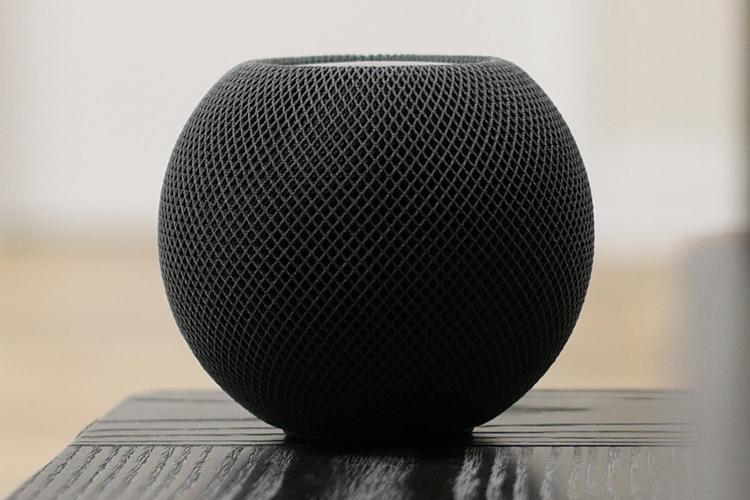While perusing smart home products, you might have seen the name “Matter” being tossed around. It can be challenging figuring out what that means without being sucked into an interesting (albeit unrelated) Wikipedia rabbit hole in physical sciences. We’re going to give you the details on what Matter is and why you should care about it when building out your home with smart light bulbs, smart security cameras, smart locks, and every other connected home gadget you may want.
ContentsHow does Matter work?
Matter is a way for your smart home devices to communicate with one another. By providing a common platform that manufacturers agree on, consumers can rest assured that their various products can work with one another. At least, that’s the pitch on paper. From an end user’s perspective, this means you could have a Matter-certified motion sensor trigger your Matter-certified smart lights, even though they’re from different manufacturers. Currently, that relationship between devices can be complicated or slow, if it exists at all.
Matter is an application layer, so those working on the software side of smart home products would use code compatible with other devices on the same standard. Google, for example, is heading up the software development kit for Matter apps on mobile. Those who want to dig into the open-source code can find it all on GitHub.

A lot of this code is invisible to users, though. From Matter, control bubbles up further to platforms like Apple HomeKit and ultimately the Home iOS app where users interact. That means as soon as you tap a command in the Home app, it goes through HomeKit, then Matter, then the Thread network, then to the specific device in the home.
Matter aims to simplify the connected home while maintaining reliability and security. In theory, whenever you see a Matter brand on a product, you should have confidence that it will fit in with your other Matter products.
Who owns Matter?
Matter is composed of an alliance of tech industry giants. That organization is called the Connectivity Standards Alliance. This alliance continues to manage Zigbee, a wireless communications standard that has been used by products like Philips Hue for years. Amazon, Google, Huawei, Samsung, and Apple are also members. Alongside component companies like NXP and Texas Instruments and over 200 other companies, there’s a wide range of industry support for the Matter standard.
What’s the difference between Thread and Matter?
Thread is a networking technology upon which much of the Matter application layer is built. Matter incorporates other networking technologies as well, like Wi-Fi and Bluetooth. Thread’s main selling point is being able to ditch dedicated hardware hubs to connect products, and instead designating proper smart home devices as border routers to take on the same role. Like Zigbee, Thread is a low-power mesh network, but instead of a single static hub coordinating communications, different devices can take over the routing role as needed.
Thread is internet protocol-based, so it’s talking the same IPv6 language as your Wi-Fi router. This should mean that Matter devices will be quite responsive since once a command has been sent through the Thread network, it won’t need to revisit an application layer for translation. Zigbee currently bounces commands back to the application layer, which slows things down.
Thread devices are already out on the market, and it’s safe to assume that they’ll follow up with Matter compatibility when the time comes.
When we can expect to see Matter products?
Matter is still in development, but the certification program is expected to be ready by the middle of 2022, and certified devices should be available by the end of 2022. In fact, there were a ton of announcements about Matter at CES 2022. In the meantime, you can already dig into some great Thread-supporting devices.
The nuts and bolts of Matter and Thread are a little complex, but as an end-user, all you really need to know is that Matter is a certification that will hopefully ensure your smart home devices can seamlessly talk to one another.








